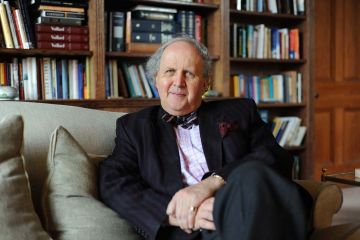
“Is Steven
Spielberg’s Lincoln a Hindi film?” laughs Nitin Govil,
associate professor at the University of Southern California, at one point
during our conversation. Govil is, of course, revelling in a rhetorical
question, but his line of inquiry is deeper. In 2009, Anil Ambani’s Reliance
Entertainment loaned $325 million to Spielberg’s production house, DreamWorks
(besides investing the same amount a year after and $200 million three years
later); it was a significant





